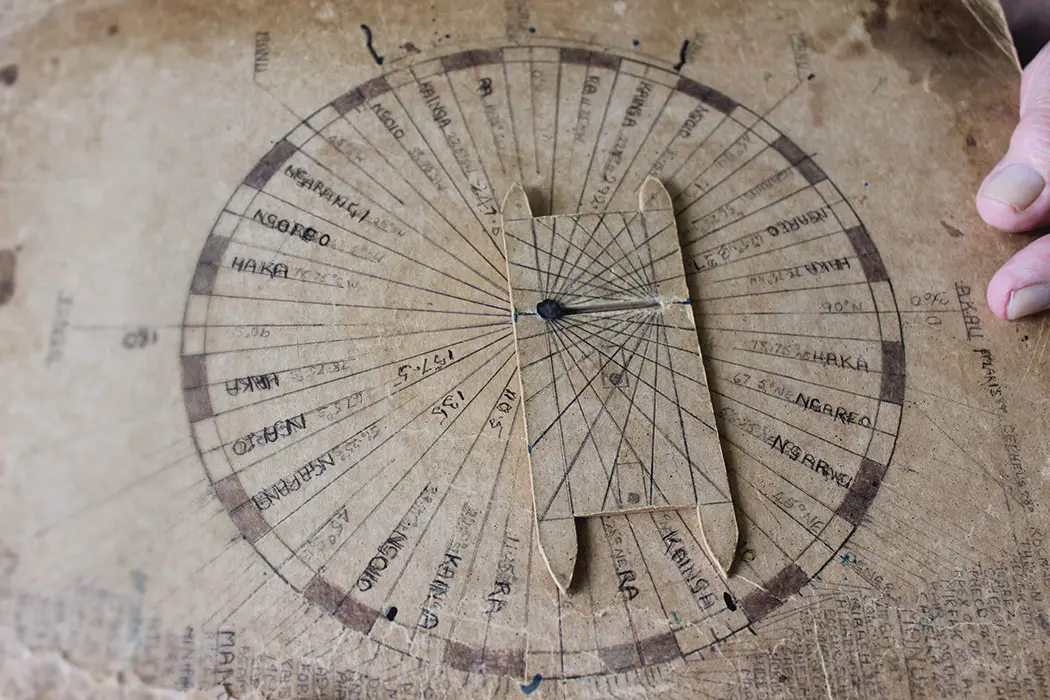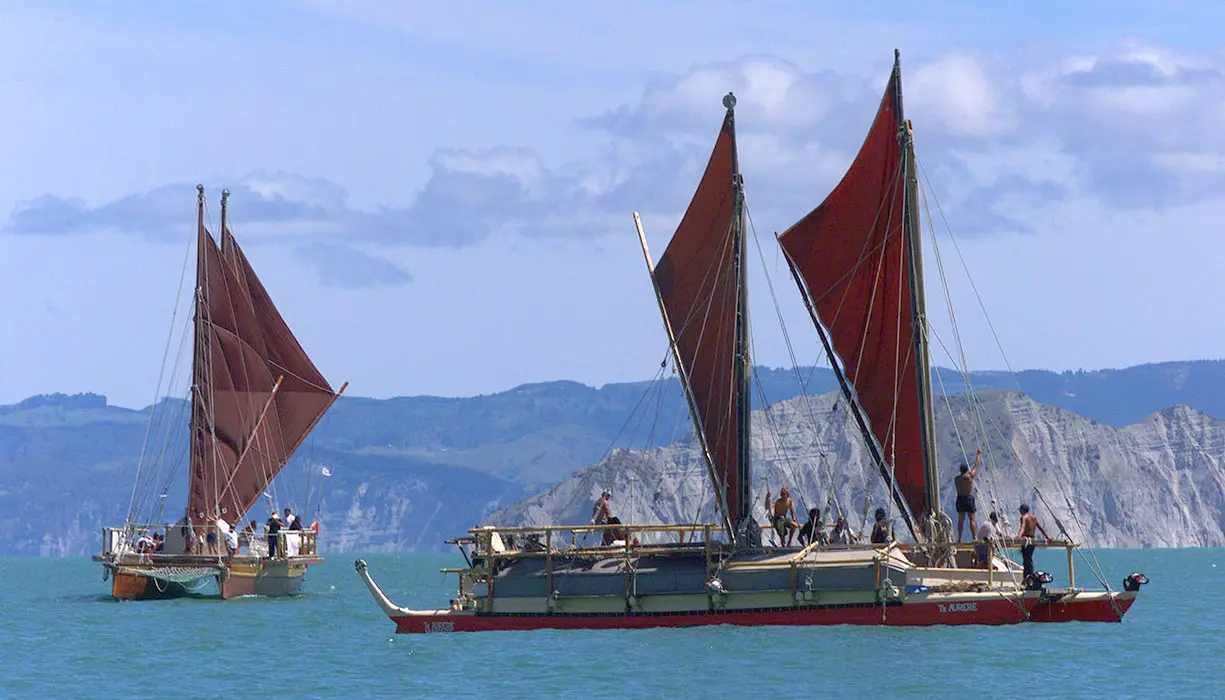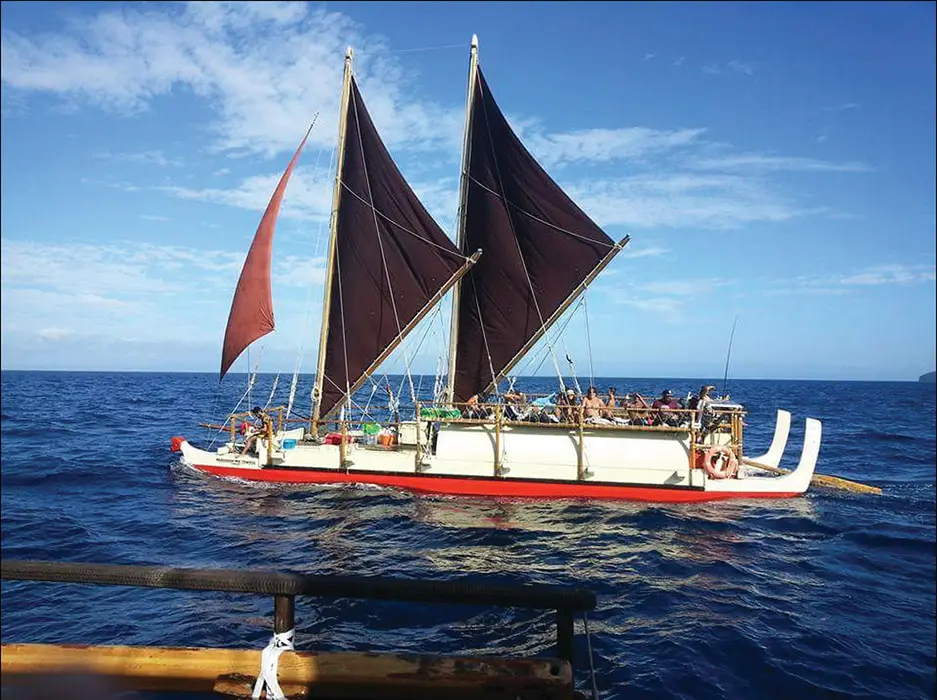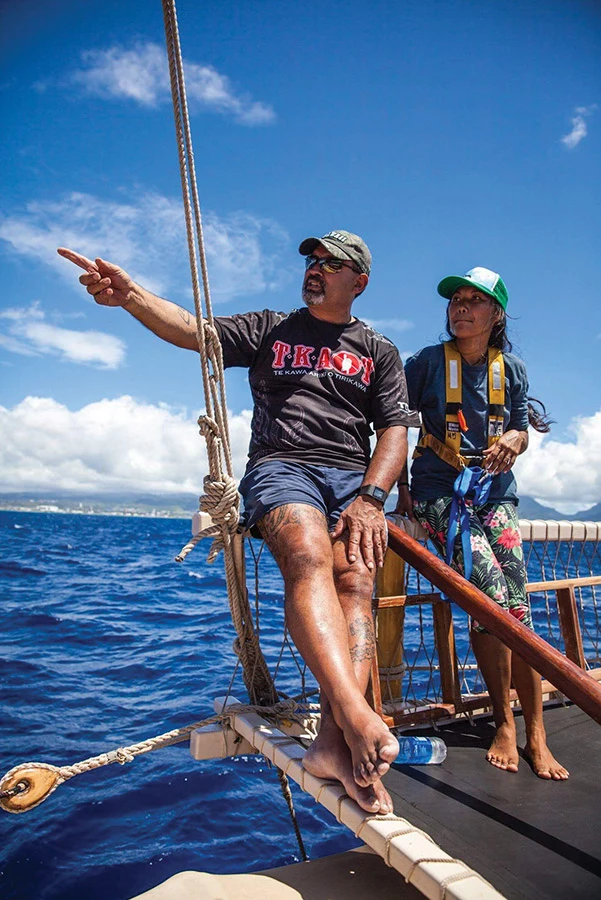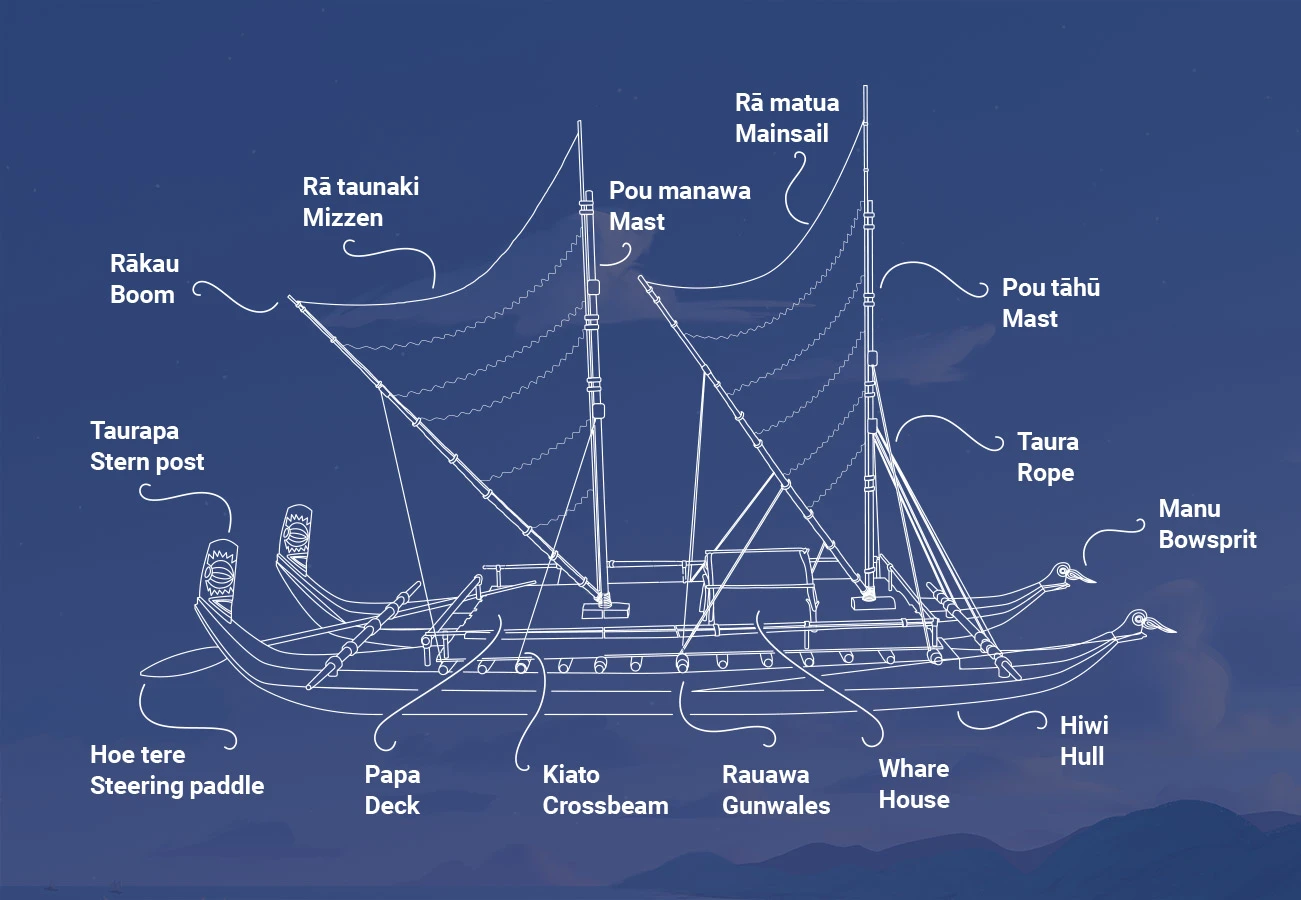Tā Hekenukumai ('Tā Hec') Puhipi's compass shows where the sun, moon, and stars set and rise.
Image credit: Tā Hec's compass from 'Voyaging from the past into the future' by Education Gazette editors. Education Gazette 98.1. Ministry of Education. All rights reserved. Used with permission.
